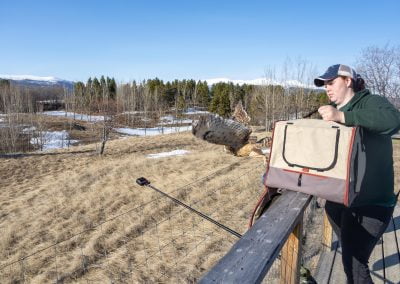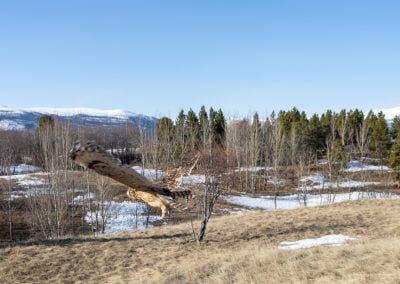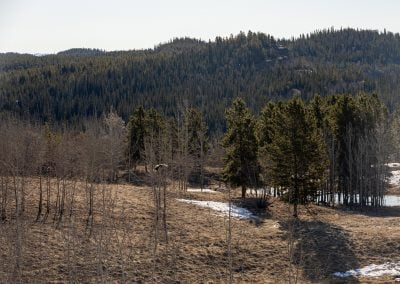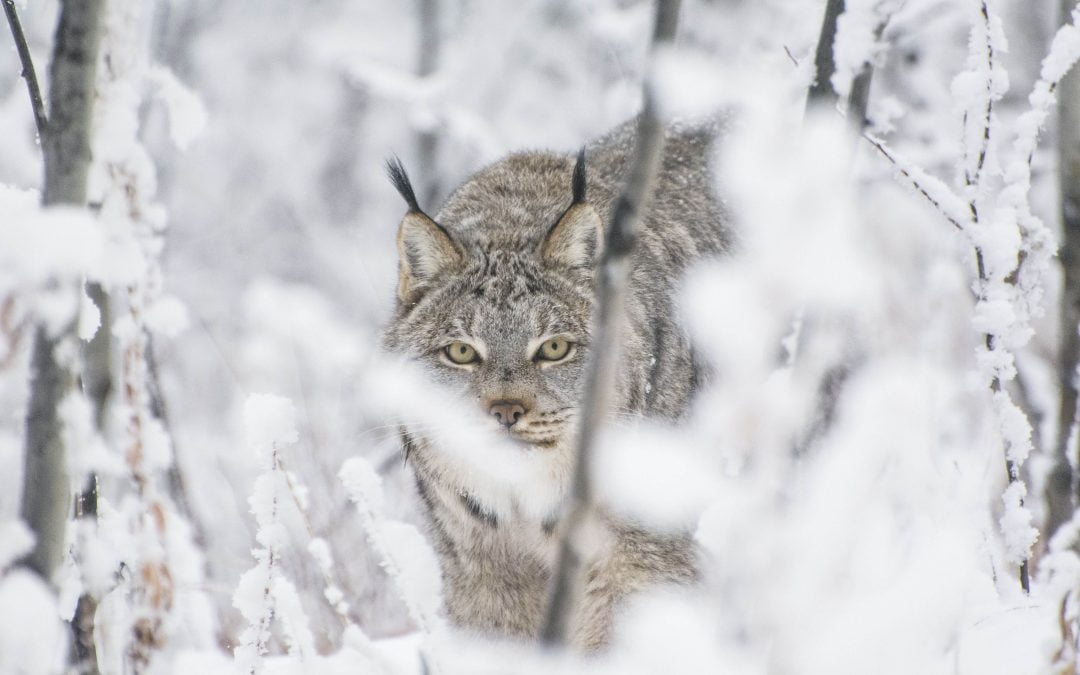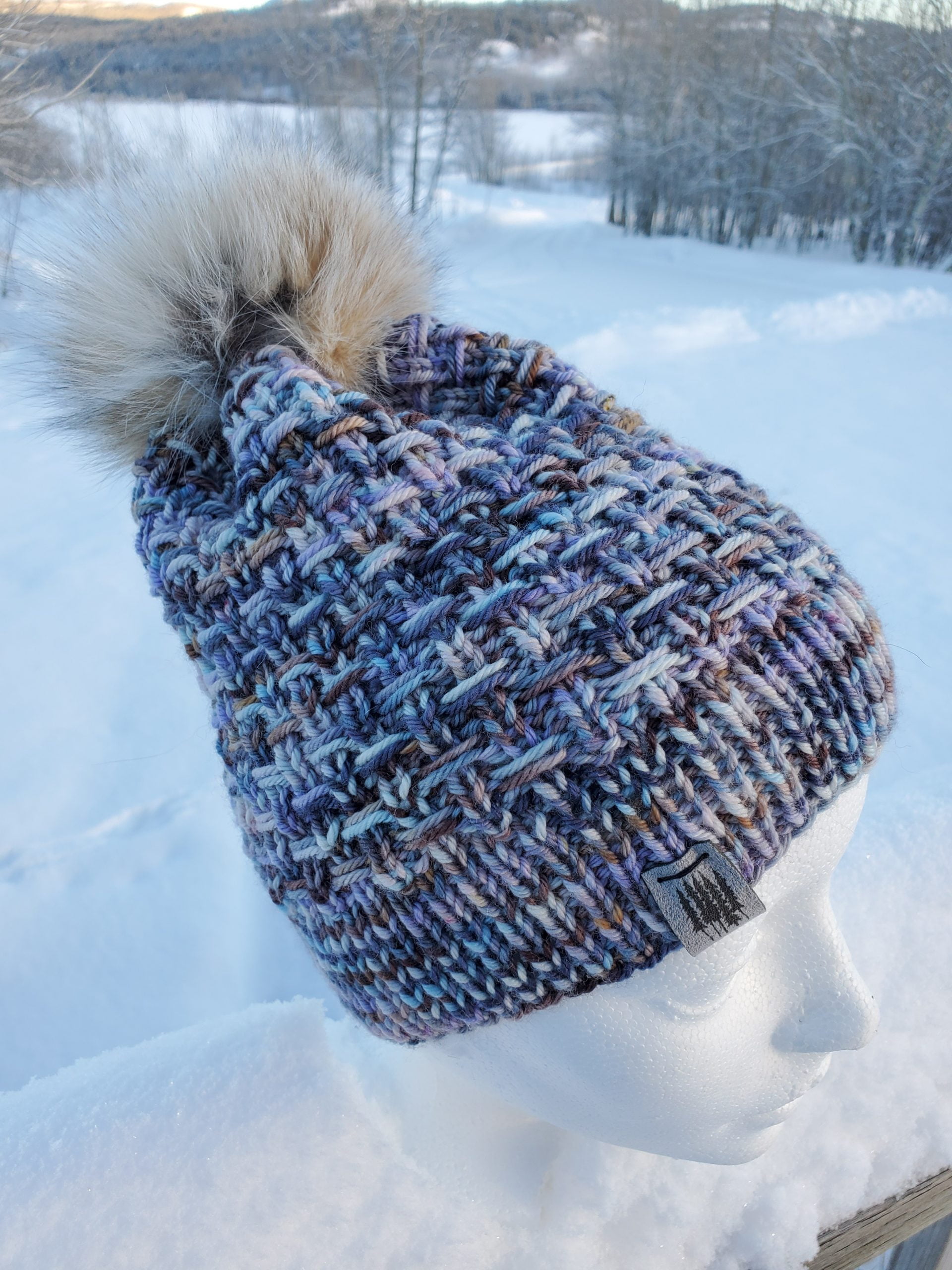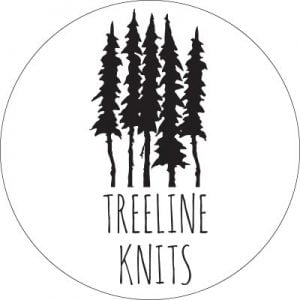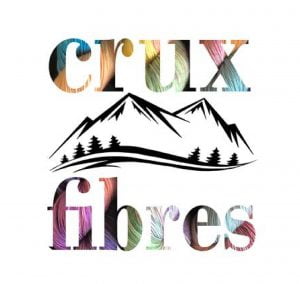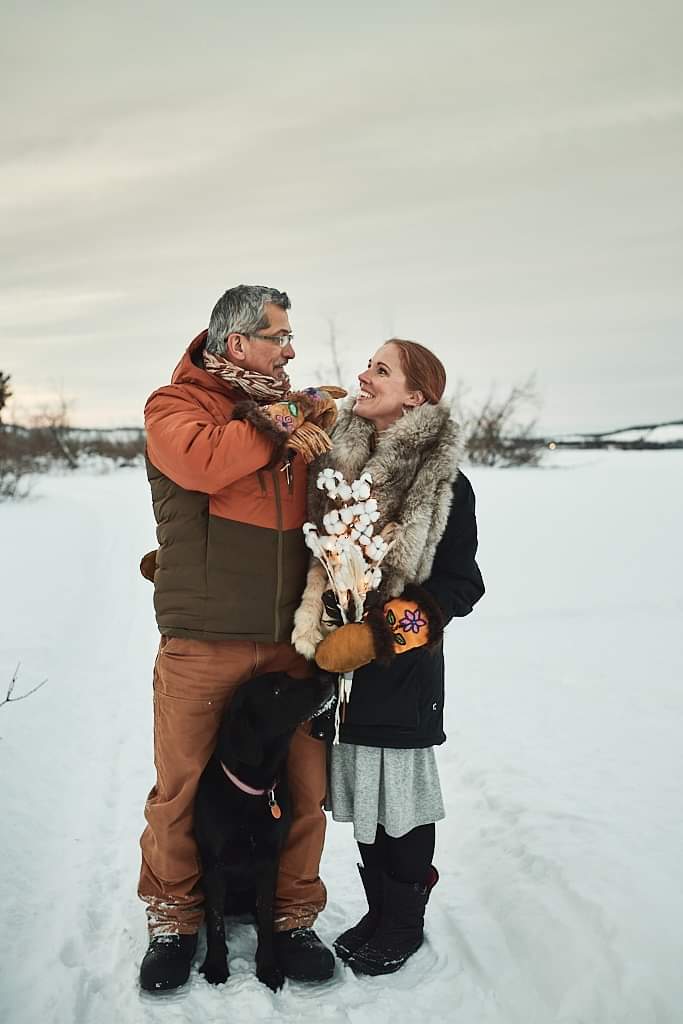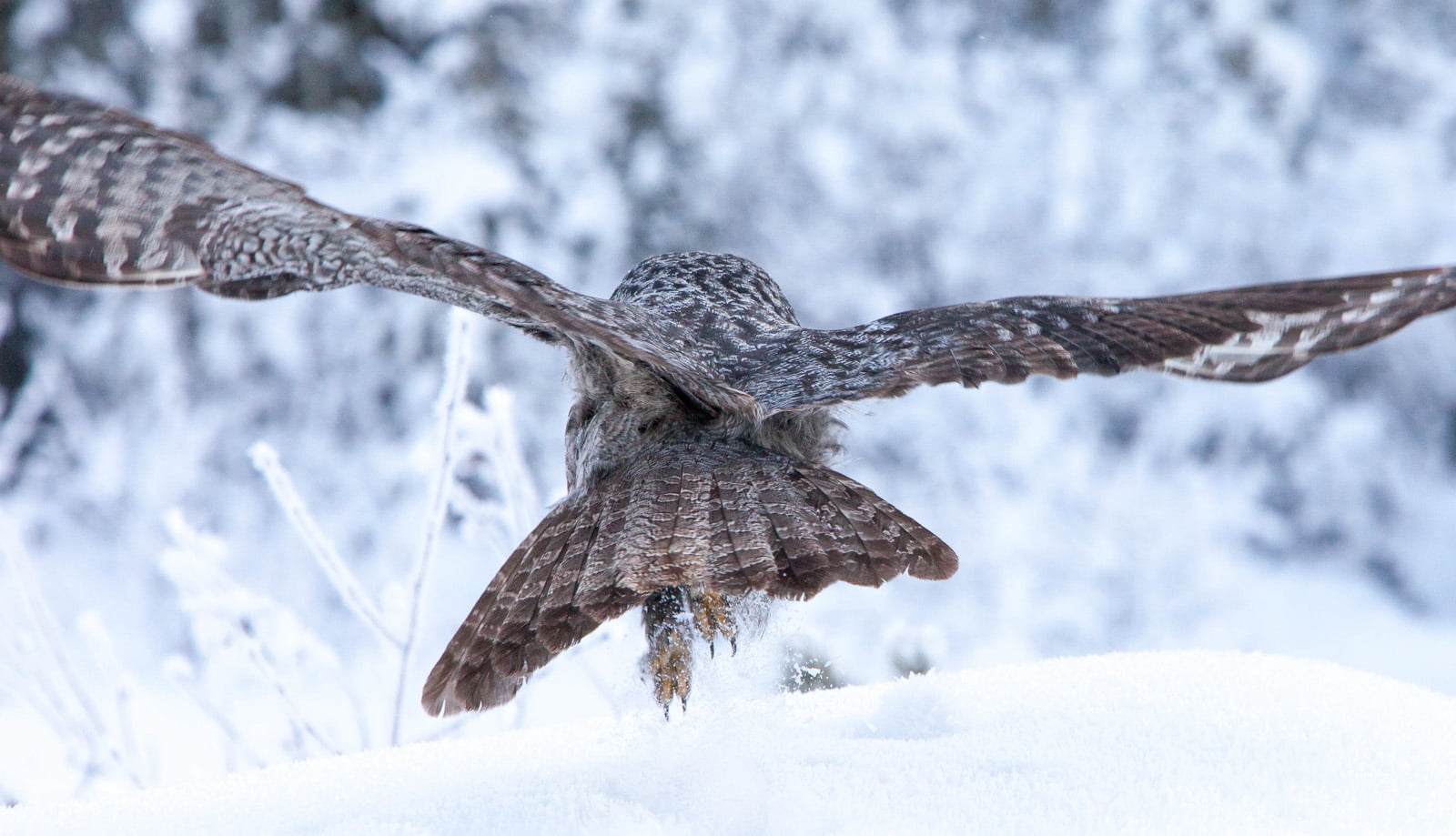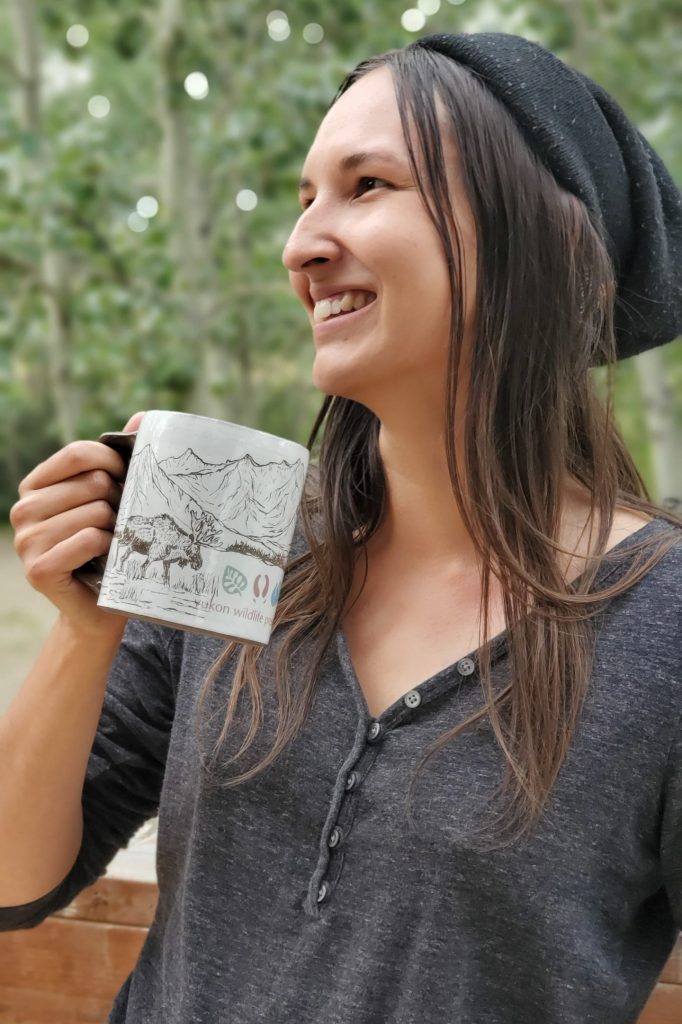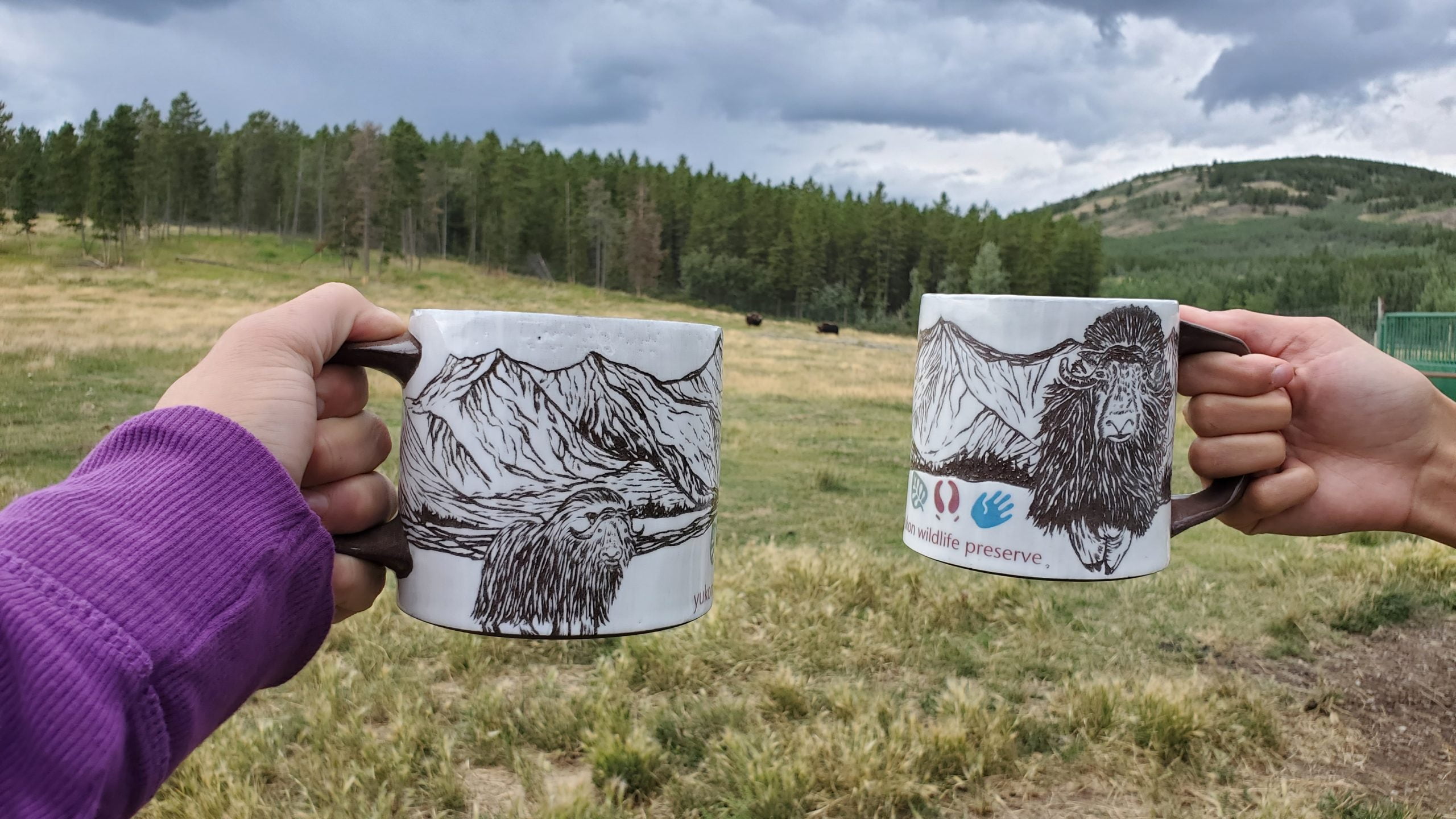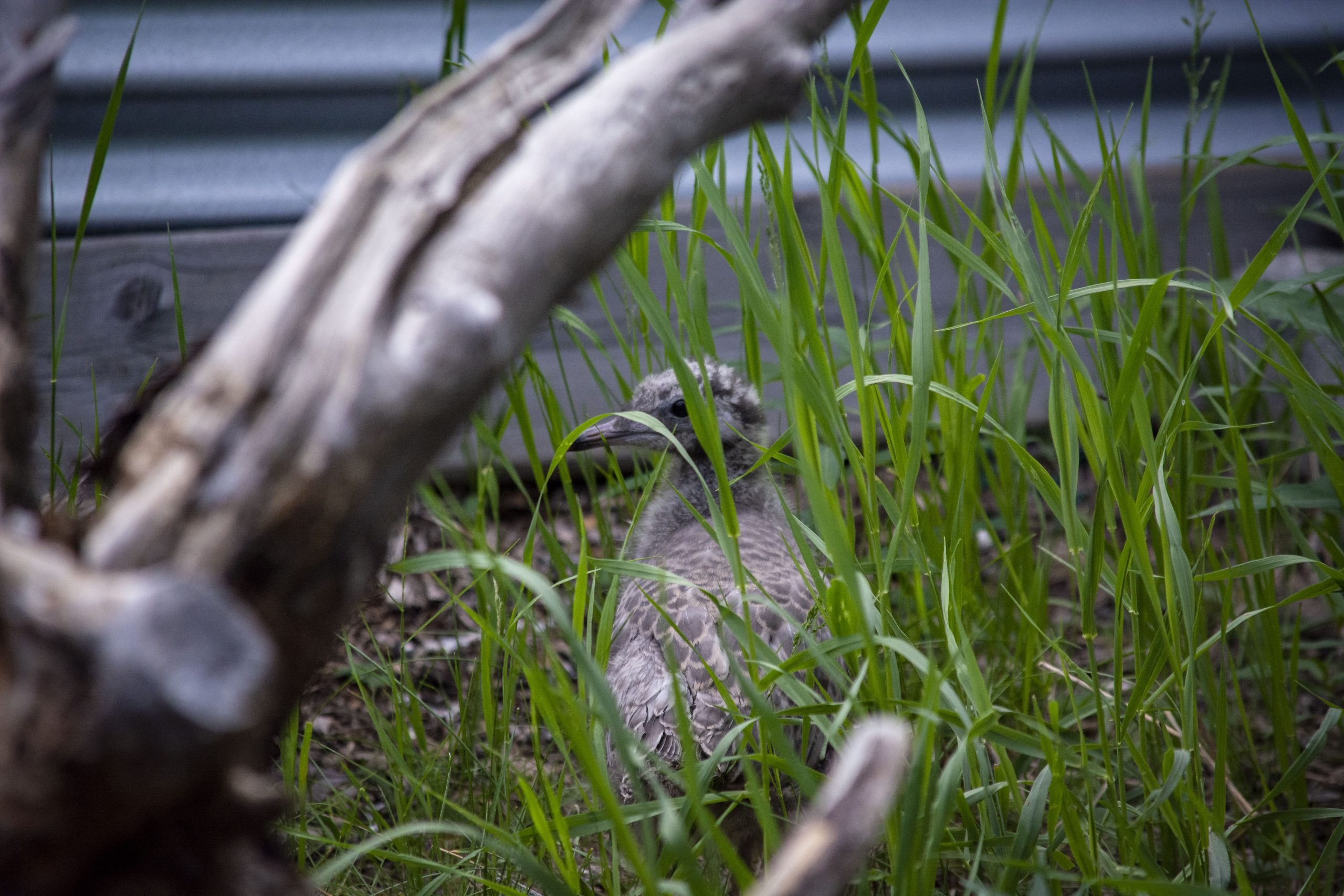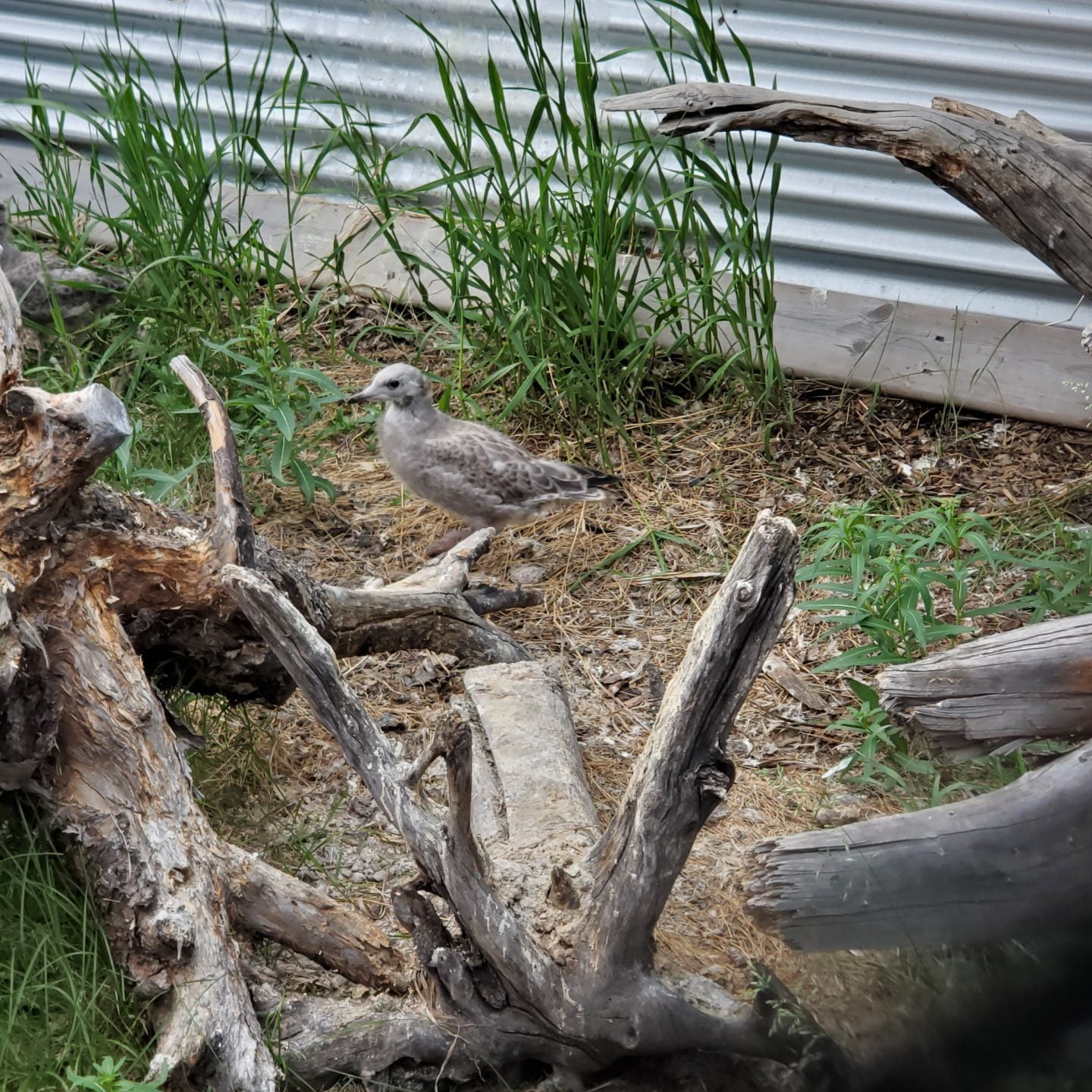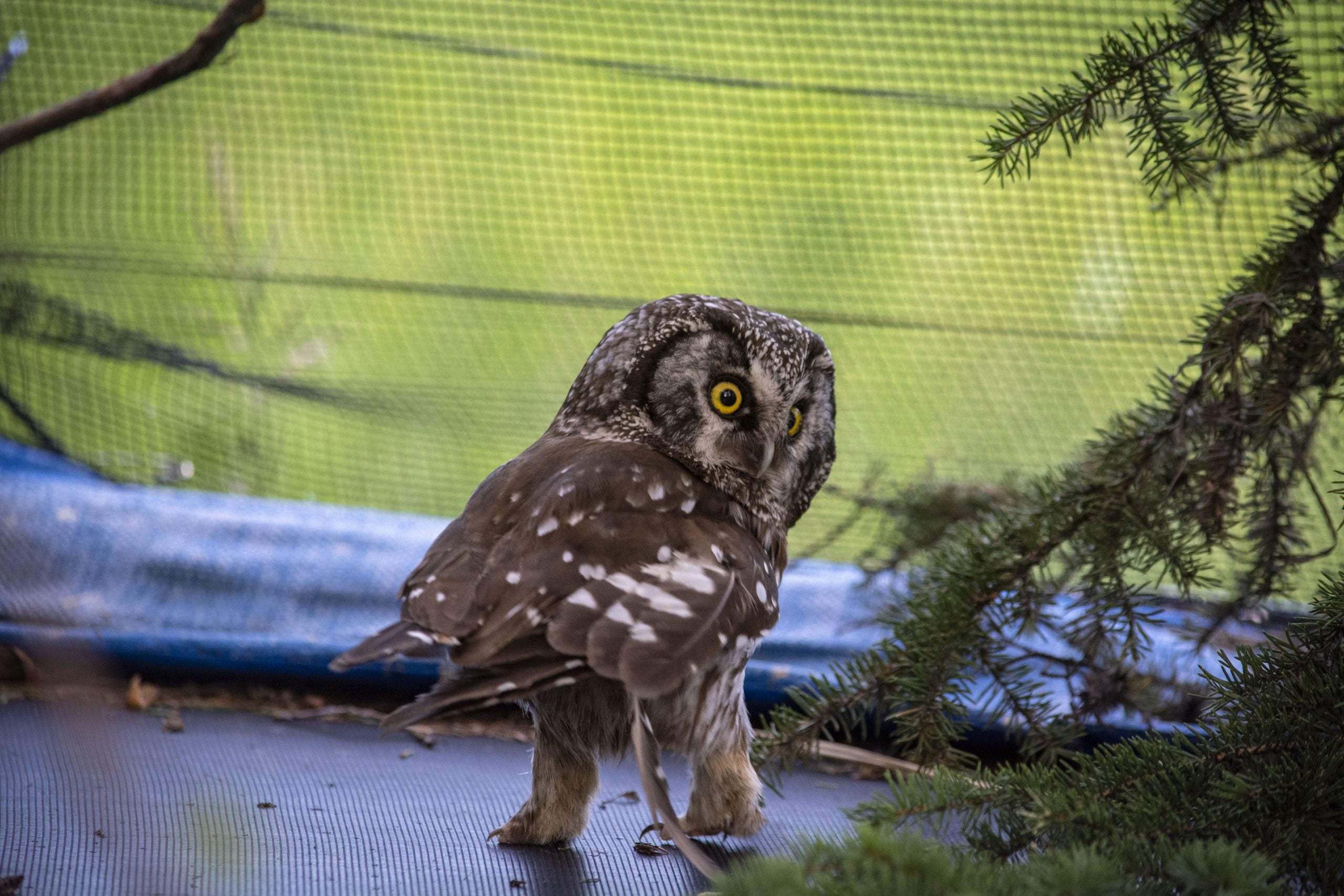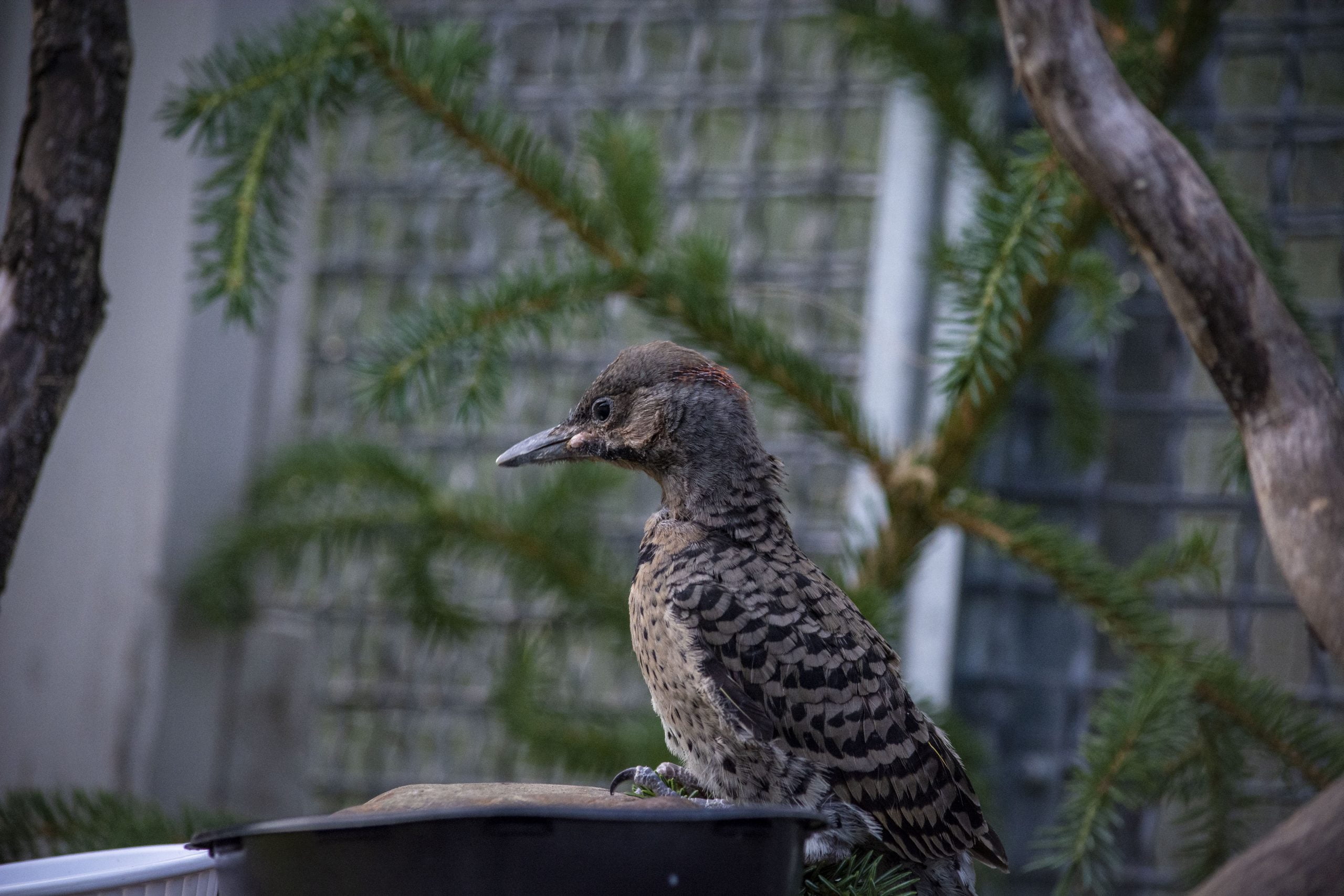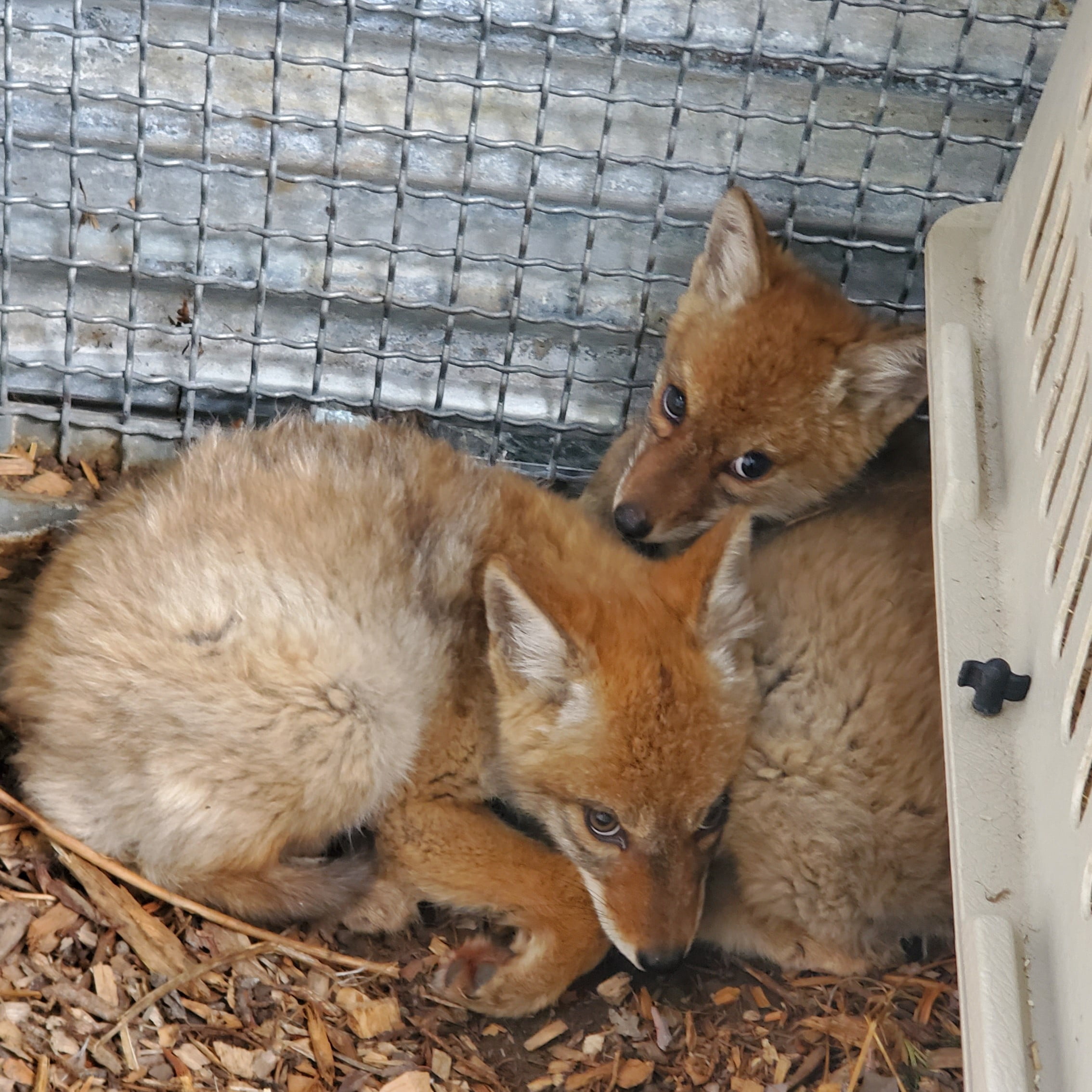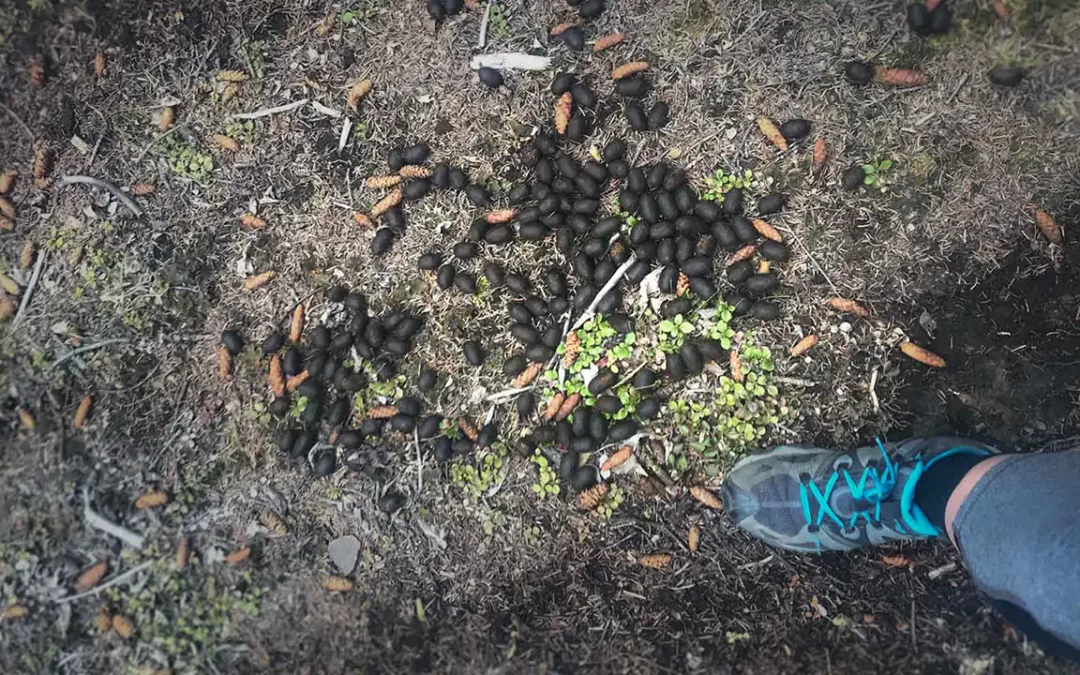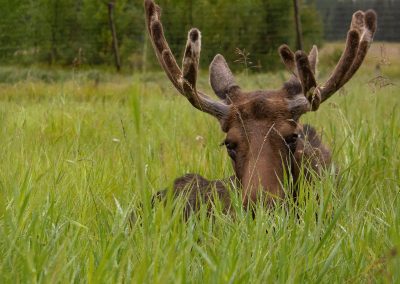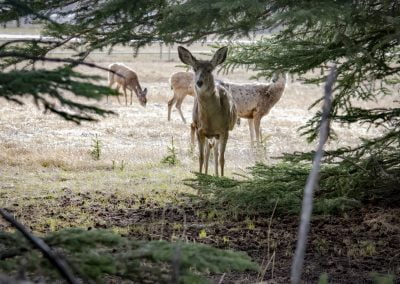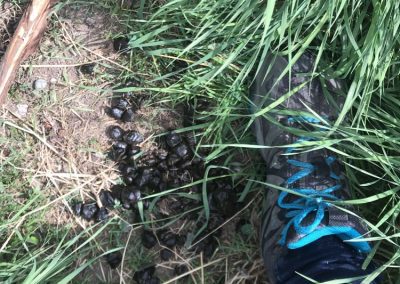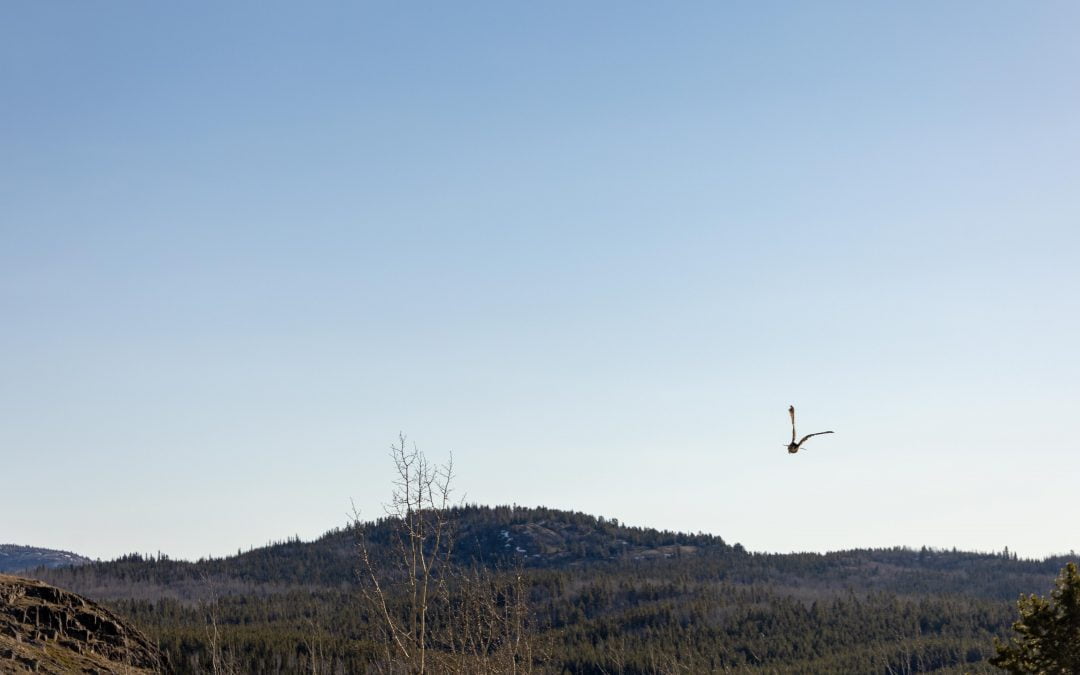
Short Eared Owl Release
Short Eared Owl Release
Video
Join Animal Care Assistant, Erica as she shares the successful release story of a longer-term patient, a short-eared owl!
The owl arrived in Fall 2021 and was released in Spring 2022.
Spring 2022 this owl was returned to the wild after being struck by a vehicle in August 2021 and suffering two broken legs.
It was a happy moment for Erica, as she spent the entire winter caring for the owl. At times it wasn’t certain the owl would be able to return to the wild, to successfully be able to hunt after substantial injury to both its legs.
Photo credit: J.Paleczny

Jake Paleczny
He/Him - Executive Director/ CEO
Jake Paleczny is passionate about interpretation and education. He gained his interpretative expertise from a decade of work in Ontario’s provincial parks in addition to a Masters in Museum Studies from the University of Toronto. His interests also extend into the artistic realm, with a Bachelor of Music from the University of Western Ontario and extensive experience in galleries and museums.

